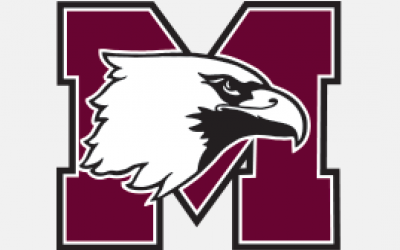LABRAL TEAR- SHOULDER
The labrum is a ring of cartilage that follows the outside rim of the shoulder socket. It keeps the ball of the bone in the socket and provides smooth and painless shoulder motion.
September 26, 2018
OVERVIEW
What Is a Labral Tear of the Shoulder?
Our shoulders are ball-and-socket joints. The top — or "ball" — of the shoulder fits into a socket, allowing for range of motion.
The labrum is a ring of cartilage that follows the outside rim of the shoulder socket. It keeps the ball of the bone in the socket and provides smooth and painless shoulder motion.
A labral tear occurs when you damage the labrum in the shoulder.
Labral tear causes
Labral tears to the shoulder damage the ring of cartilage surrounding the shoulder socket.
Common causes of labral tears in the shoulder include:
- Trauma, such as a fracture or dislocated shoulder.
- Overuse.
- Repetitive motion.
Sports-related labral tear risk factors
Athletes at an increased risk for labral tears are those that play sports involving repetitive movement of the shoulder such as:
- Baseball
- Tennis
- Volleyball
Other labral tear risk factors include a traumatic injury or a degenerative condition, like osteoarthritis.
SYMPTOMS
Sports-related shoulder labral tear symptoms
The symptoms of a sports-related labral tear in the shoulder can include:
- Pain when doing overhead activities.
- Grinding, popping, "sticking" in the shoulder socket.
- Pain at night.
- Decreased range of motion in the shoulder.
- Loss of shoulder strength.
Diagnosing labral tears of the shoulder
Your physician will take a medical history and perform a physical exam. If needed, imaging tests such as x-rays and MRI scans may be done to diagnose shoulder labral tears.
TREATMENT
Labral tear treatments without surgery
To treat a labral tear of the shoulder, your physician will try nonsurgical treatments first before suggesting surgery to repair the sports injury.
Labral tear treatments without surgery often include:
- Rest.
- Physiotherapy and rehab exercises to strengthen the muscles around the shoulder joint.
Labral tear repair surgery
If the labral tear in your shoulder doesn't heal after nonsurgical treatments, your doctor may discuss arthroscopic surgery with you.
Shoulder arthroscopy for labral tears
During shoulder labral tear surgery, the physician will check your shoulder socket and biceps tendon.
If the shoulder labral tear only affects the socket, then your shoulder is stable.
If the shoulder labral tear extends into the bicep tendon or detaches from the joint, then your shoulder is unstable.
After arthroscopic shoulder surgery to repair a labral tear, you will need to wear a sling for three to four weeks.
Perform light, painless exercises to regain range of motion and gradually build shoulder strength.
If you're an athlete, you can expect to be doing sport-specific exercises about 3 months after your shoulder labral tear surgery.
Full recovery can take up to six months.
Content supplemented by UPMC Sports Medicine
